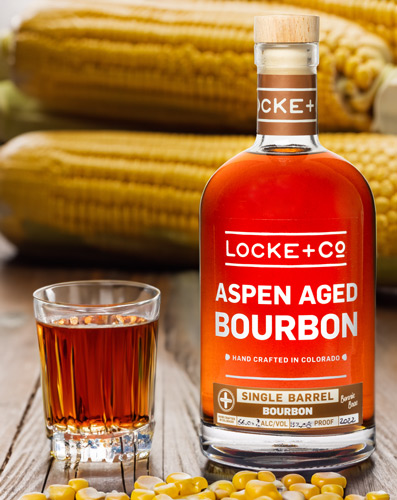Trying to understand the differences between bourbon and rye?
This blog will clear things up for you.
In cocktails, toddies, and sipped around a campfire, bourbon and rye have equally delicious tastes that belong in any whiskey lover’s arsenal. But what makes these whiskeys different?
At Locke + Co. Distilling we’re passionate about the fine art of American rye whiskey, as well as delicious, sippable bourbon. We’re here to help you understand what makes each type of whiskey so special, so you’ll know what to reach for the next time you’re craving a deliciously sippable whiskey experience.
What is bourbon?
Many whiskey lovers erroneously believe that bourbon brands have to make their product in Kentucky. While that is not the case, bourbon must be made in the United States, or U.S. territories like Puerto Rico and Guam.
Bourbon is made with a fermented mash that uses corn as its base, meaning it must be at least 51% corn, plus other grains the distiller chooses like wheat, rye, or barley to complete the mash. It must be distilled to a maximum 80% alcohol by volume, and the final product must be diluted to go into the barrel at a maximum 65.5% ABV where the aging process begins.
The resulting distillation of whiskey is then matured in charred new oak barrels, preferably a charred American oak barrel if you’re going to do things right. It must then be bottled at a minimum alcohol content of 40% ABV.
With a smooth, silky mouthfeel and sweet taste, often featuring notes of vanilla, spices, and caramel, bourbon adds depth and complexity to any cocktail.
What is rye?
Unlike bourbon, rye doesn’t have to be made in the United States. While America is known for its tasty craft ryes—and is still considered the world’s leading rye producer by many connoisseurs—many other countries produce their own takes on rye. Canada has historically made terrific rye whiskey and Japan has become particularly popular in recent years for their fresh take on rye whiskies.
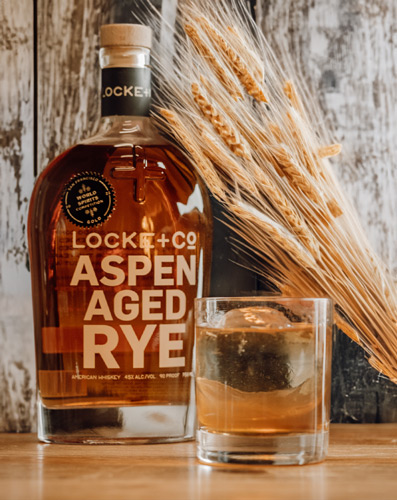
However, if your whiskey tasting features an American rye (and it should!), it has to follow a specific set of rye mashing rules, according to the flavor profile Mash Bill. Instead of corn, rye mash must contain 51% rye grain, as well as other grains such as wheat and malted barley.
The fermentation and distillation process for rye is almost identical to that of bourbon, including aging in barrels (oak barrels), and the minimum 40% ABV for bottling, going into the barrel at a maximum of 65.5% ABV..
Bold, assertive, and spicy, rye has a fullness of body and an assertive character that make it the star of many classic cocktails.
What are the main differences between rye and bourbon?
First, there’s the Mash Bill. Rye must be made from a majority rye grain base, while bourbon uses sweeter corn. This difference in formulation results in a difference in taste that many whiskey consumers learn to savor. Rye is spicier, more robust, and often features peppery, herbal, or even floral notes. Sweet bourbon is known for its caramel warmth and soft, rich flavor. It’s worth doing a side-by-side tasting so you can appreciate the dramatic difference a grain makes for yourself. BACK TO TOP
What role does the United States play in bourbon and rye production?
Whiskey has its roots in the earliest days of the American experiment. Rye whiskey was considered early America’s national spirit. It was the drink of choice for George Washington, who even distilled it at his Mount Vernon estate.
Because rye was easy to grow in the northeast, early colonists who had a history of distilling it in Europe brought their stills over so they could continue producing whiskey once they arrived. In fact, America’s first rye distillery was established by a Scottish immigrant named John Morgan in 1791.
Bourbon gained popularity in the US much later, catching on at the time of the Civil War. Settlers in Kentucky took advantage of an abundance of corn to begin crafting this distinctive regional spirit, which quickly became many Americans’ drink of choice. By the mid 1800s, bourbon production was booming, growing in popularity for its sweet and easy sipping flavor.
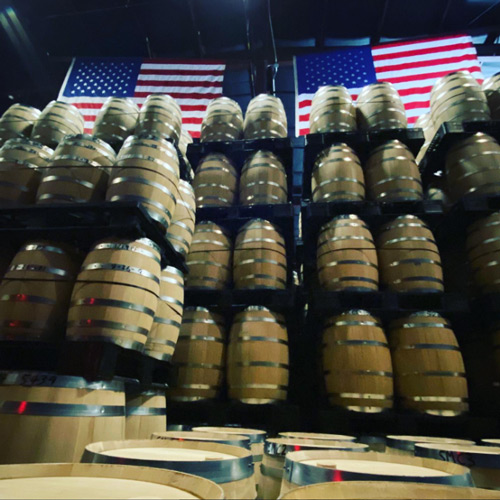
The US Code of Federal Regulations sets the legal requirements for distilling both bourbon and rye. This code establishes requirements for mash composition, the aging process, ABV requirements, and everything else that makes each of these spirits unique. So if you like your whiskey, thank Uncle Sam!
Locke + Co. Distilling: Our Approach to Rye and Bourbon
Our founders Rick and Owen were inspired to establish Locke + Co. Distilling because they wanted to reconnect to the roots of American rye and bourbon.
It all starts with hand-cutting the aging discs from mature stands of aspen on family land flanking Central Colorado’s Mosquito Range to use in our whiskies. From there, we follow the standards for creating classic ryes and bourbons to the letter, grounding our modern whiskeys in the old fashioned roots that continue to inspire whiskey excellence.
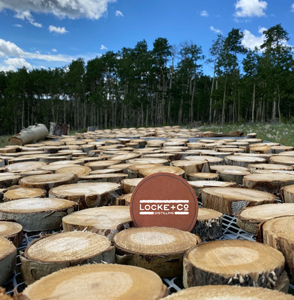
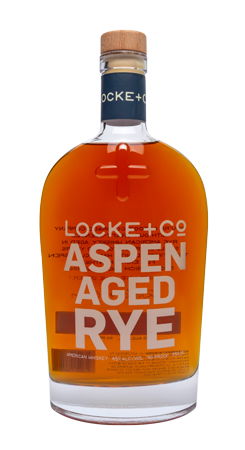
Our flagship Aspen Aged Rye Whiskey is aged two years in brand new 30-gallon American oak barrels from The Barrel Mill out of Minnesota, using char levels 2, 3, 4, and 5. Once the aging process is completed, we craft the whiskey in tanks and finish it with those hand-cut and hand-charred aspen wood discs, which float in the whiskey for an additional eight months to create a distinctively complex yet compulsively sippable dram.
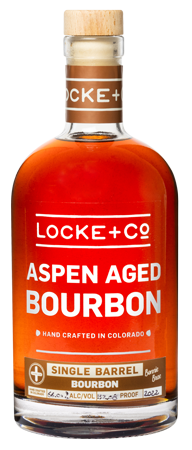
Our Aspen Aged Bourbon is aged even longer, spending three years in a new 30-gallon white American oak char 3 barrel, before being blended and finished with five months of exposure to our signature hand-cut and hand-charred aspen discs. Once the aging process is complete, we finish our bourbon for six weeks in a white American oak char 2 barrel that had been previously aging our rye whiskey for two years.
This long and intricate process creates a bourbon that’s sweet, indulgent, and just a little more interesting than your standard bourbons, with a little of that old fashioned rye attitude.
Conclusion
Corn-based bourbon is simple, sweet, and sippable, playing well with others and lending a caramel smoothness to your favorite whiskey cocktails. With a predominantly rye-based mash, rye has a more complex, grassy, peppery kick. Sassy yet sippable, it’s an American original that elevates even the simplest whiskey soda to new heights.
Understanding the differences between these two iconic spirits is a must for any serious whiskey lover. But don’t worry—we’d never make you choose a favorite! There’s more than enough whiskey love in our hearts to accommodate both rye and bourbon in all their glory
